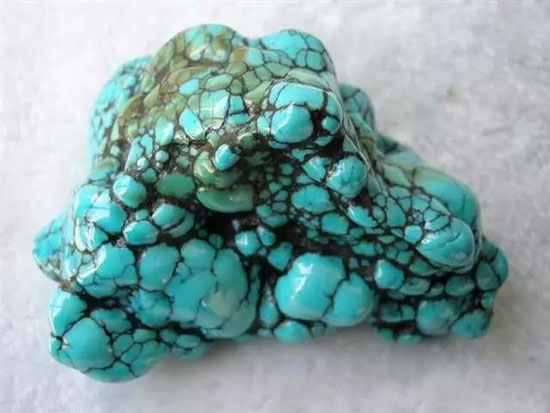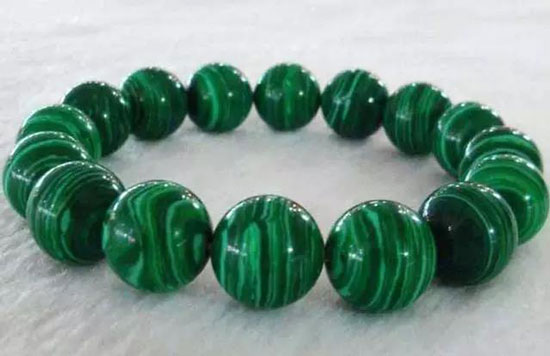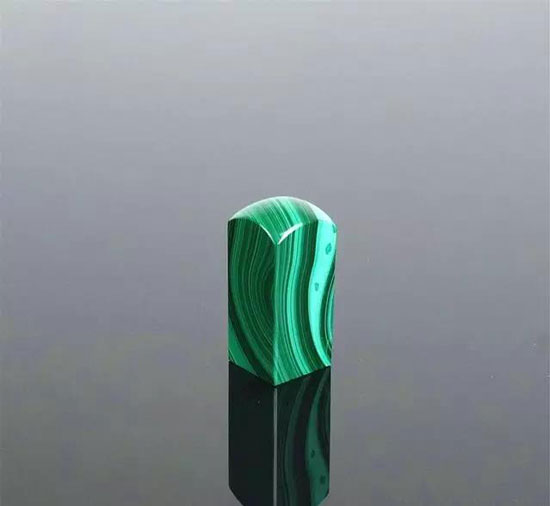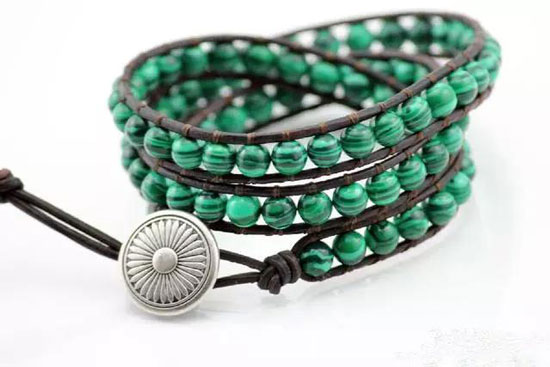
malachite
Malachite, named after the color resembles a green spot on peacock feathers.
In ancient China, malachite was called “green greenâ€, “stone green†or “greenâ€.
Malachite is an ancient jade material produced in the oxidized zone of copper sulfide deposits, often associated with other copper-bearing minerals (blue copper, chalcopyrite, cuprite, natural copper, etc.).
World famous places of origin include Zambia, Australia, Namibia, Russia, Zaire, and the United States. China is mainly produced in Yangchun, Guangdong, Daye (yÄ›) and Northwest Yunnan.
As early as 4,000 years ago, the ancient Egyptians mined the mine between Suez and Sinai, using malachite as a child's amulet. They thought that hanging a piece of malachite on the children's cradle, all evil souls would be expelled.
In some parts of Germany, people who wear malachite can be considered to avoid the threat of death.
In the 13th century BC, there were malachite stone handicrafts in the Yin Dynasty. Because of its bright, bluish-green color, it is one of the most attractive decorative materials in minerals.
Difficult to counterfeit
Malachite is an alteration product of copper-containing carbon salts, often used as a companion to copper ore. Its hardness is 3.5-4, it is opaque dark green, and has a stripe pattern of color shades - this unique beauty is not found in any other gem, so there is almost no counterfeit.
Distinguish between malachite and turquoise
According to a series of features of malachite, it can be distinguished from other gemstones. Similar to it is mainly turquoise. However, the turquoise color is mainly blue with green color, the density is smaller than malachite, and the hardness is larger than that of malachite. The green strips of glass are also used to counterfeit malachite. The main difference is that the stripe of the glass is short and the width is unstable. The glass does not see silky luster, shell-like fracture, and there may be bubbles inside the glass, and the density is less than that of malachite.

turquoise
Although there is a "stone" in the name, the malachite has no stone that is hard and stable. It has poor toughness and is very fragile, so it is very fragile and afraid of collision.
Therefore, the design of malachite jewelry needs to rely on exquisite craftsmanship. Otherwise, if you have a beautiful style, you can't let the stone change according to your wishes. It is in vain.

malachite
At the same time, malachite can not be exposed to acidic and alkaline substances, and it is easy to damage the surface gloss. So, look carefully at the jewelry on the counter. Each piece of flat malachite at the bottom is made of black onyx as part of contact with the skin or clothing to prevent malachite from being damaged by sweat or other substances.
Variety and evaluation of malachite
The varieties of malachite are common malachite, malachite gemstone, malachite opal, and blue malachite. Malachite gemstones are very rare malachite crystals.
Malachite is used as ornamental stone and craft ornamental. It requires bright colors, pure and uniform, clear ribbons, and dense and non-porous blocks. The bigger the better. Malachite opal requires a positive background and a clear light band. Malachite can be carved into chicken heart pendants, egg-shaped ring faces, necklaces, and can also be made into stamp materials.

seal
Malachite maintenance
Malachite is not durable and has low hardness. It can't keep good luster for a long time. It can only be used as beading and brooch.
The Russians used malachite as a building interior material, and the large pillars of the St. Isaac's Cathedral in Leningrad were set with malachite. Malachite is also used to engrave various worship supplies and decorations, fireplaces and table tops.

malachite
Waffle Towels,Waffle Towel Golf,Turkish Towel Waffle,Bath Towel Waffle
Changshu Aijia Knitting Products , https://www.csaijiaknitting.com